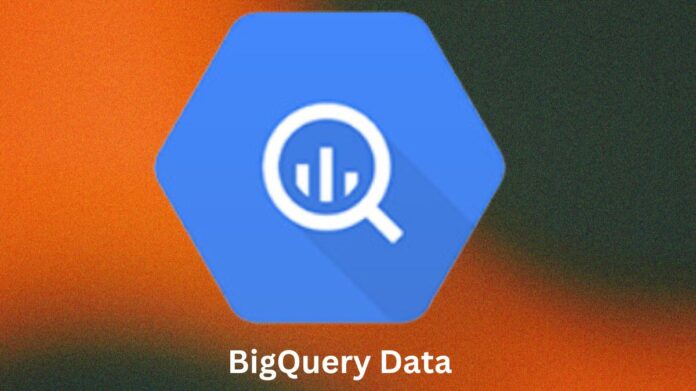The majority of data analysis begins with exploration, which includes selecting the appropriate dataset, comprehending the structure of the data, seeing important patterns, and determining which of the most insightful ideas to extract. This phase might be laborious and time-consuming, particularly if you’re a new team member or you’re working with a fresh dataset.
In response to this issue, Google Cloud revealed at Next ’24 a preview of new data insights capabilities in BigQuery that presents pertinent, click-to-run executable queries for tables. These functions are a part of Gemini in BigQuery and make use of Dataplex’s table metadata and profiling data.
Google Cloud explains in this blog post how Alex, a data analyst for a big company, may speed up his analytics workflows by utilising the new BigQuery data insights features. When examining new datasets, he frequently runs into the “cold-start” issue, just like many other data experts. Finding patterns in the data one is working with, much alone discovering important insights, might be challenging for someone who has little to no prior understanding of the set. Further exploration of the idea of grounding generated queries and the functions of various personas involved in this process is also provided by Google Cloud.
Leveraging data insights to tackle the cold-start issue
Using the metadata from a database, Data Insights uses Google’s Gemini models to produce intelligent queries about hidden patterns inside the table. It aids in overcoming the cold-start issue and opening up a world of data exploration opportunities for data analysts like Alex by examining data kinds, statistical summaries, and other metadata properties.
Evaluating created queries for accuracy and relevancy of the data
Grounding produced queries is one of BigQuery data insights’ primary functionalities. As a result, the queries are guaranteed to be accurate and relevant since they are grounded in the dataset’s actual data distribution and trends. The following are involved in the grounding process:
Profile scan data analysis
Data insights looks at the dataset’s publicly available profile scan data, which contains details on data kinds, statistical summaries, and other metadata properties.
Data distribution-based query generation
It uses the profile scan data to craft queries that are particular to the patterns and data distribution seen in the dataset.
Verifying queries
The generated queries are verified for correctness and relevancy.
Admin and data consumer are the two main personalities
There are two main personas that BigQuery data insights can help:
Admins
Administrators are in charge of applying the data insights function to produce insights. Admins can be data governors, stewards, or other technical users with access to the underlying data and the required rights.
Data consumers
Data consumers don’t need to have direct access to the underlying data in order to view and run the generated queries. Business analysts, data scientists, and other non-technical users who depend on BigQuery data insights to make wise decisions are examples of data consumers. In the tale of Google Cloud, Alex is a data user.
How to begin using BigQuery data insights
To utilise Bigquery data insights, take the following actions:
Access data insights
To obtain insights from your data, go to the BigQuery Studio in the Google Cloud dashboard after your data is in BigQuery. An overview of your tables and the metadata that goes with them may be found here.
Create queries
Click the “Generate insights” button after selecting a table. After analysing the information, Data Insights provides a selection of intelligent queries that are specific to your dataset.
Investigate and improve queries
Examine the generated queries and make any necessary adjustments.
Execute queries
Run the queries against your table and examine the output to acquire insightful knowledge.
Alex’s route to deeper insights from data
Alex found it difficult to catch up when dealing with a fresh dataset at first. However, he was able to expedite his data exploration process after learning about BigQuery data insights. What data insights added to Alex’s work was as follows:
Effective data exploration
Data Insights allowed Alex to investigate new tables more quickly and on his own by automatically producing intelligent queries based on metadata.
Time and resource savings
Alex was able to concentrate on more difficult projects and save significant time and resources by using data insights to handle low-to-moderate complexity data analysis chores.
Cooperation and democratisation
In Alex’s company, data insights increased the accessibility of data analysis for non-technical people, encouraging cooperation and a standardised method of data interpretation.
Real-time insights
Data insights enabled Alex and his team to react quickly to shifting business situations by automatically extracting insights from continuously flowing business data.
Quickly get insights from your data
You may extract useful insights from your data with the aid of BigQuery data insights, a potent tool. It simplifies the process of exploring data and frees up data experts to work on more difficult tasks by utilising the metadata of tables. The two main personas administrator and data consumer enable cooperation and democratise data analysis, while the grounding of created queries guarantees the applicability and precision of the insights.


